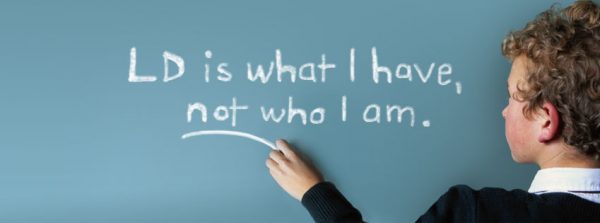Learning disabilities’ root cause is as yet not known and remains a point of debate.
Learning disabilities are not entirely physical in nature. A student with visual perceptive difficulties, for example, does not necessarily have something wrong with his or her eyes. Also, learning disabilities are not related to level of intelligence. Children who struggle with learning disabilities are not less intelligent than other children. They simply need specific program modifications or teaching action plan implemented in order to be successful. There is often a large discrepancy between the student’s actual intellectual ability and his or her academic performance.
Learning disabilities are typically identified and diagnosed through a multi-test battery, generally administered by a child psychologist. The Wechsler Intelligence Scale for Children (WISC) measures children’s general cognitive abilities and IQ, and is commonly used to identify and diagnose learning disabilities. Practitioners can discover the areas in which the student needs the most help by analyzing patterns in the student’s WISC subtest scores. By itself, the WISC test is not a reliable way to diagnose learning disabilities. Several different tests should be administered and analyzed before any conclusion is reached.

